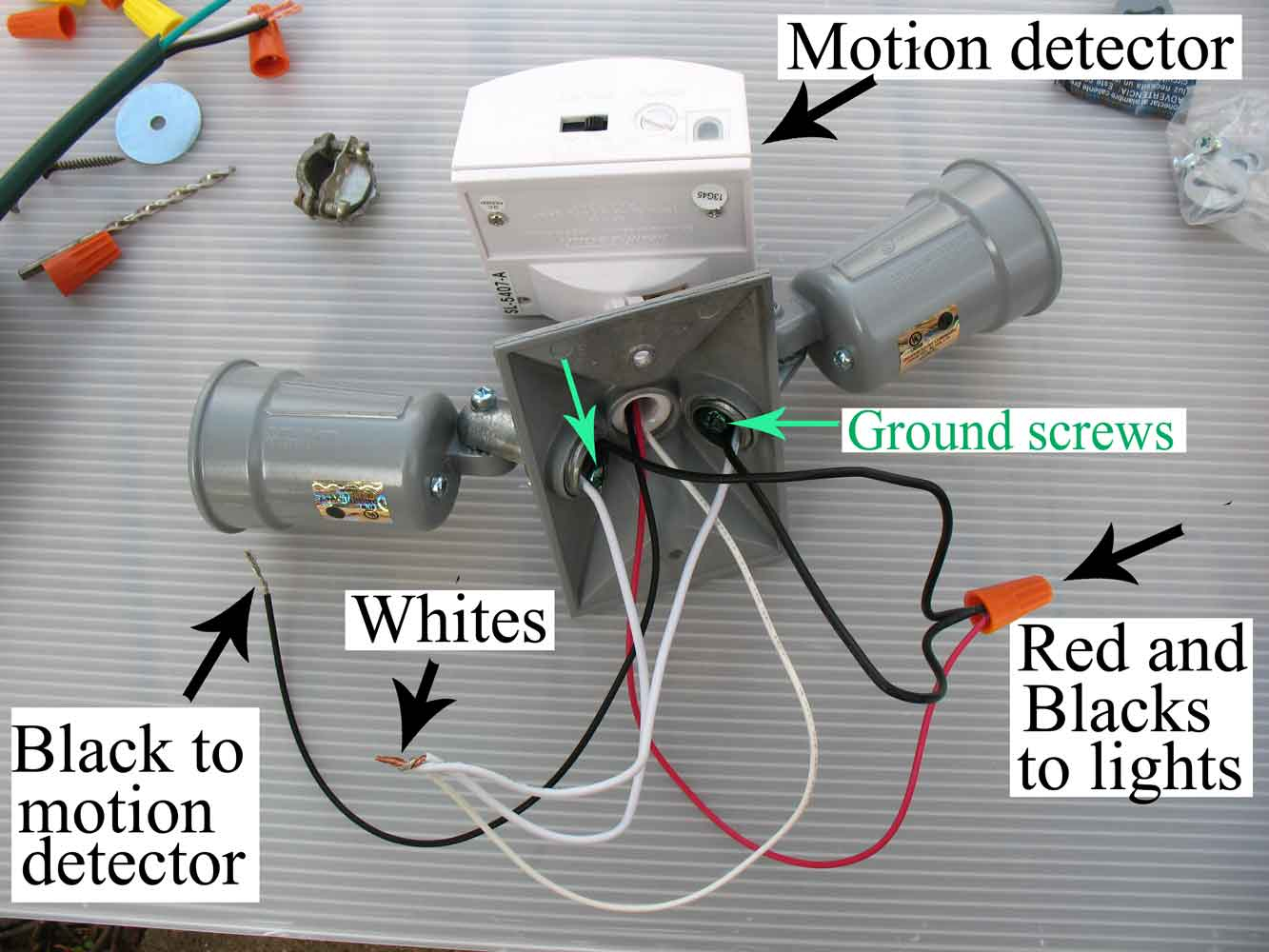
If the far end of the string is all lamps, you don't need an always-hot. It does not need neutral, but Code requires you bring neutral to the junction box.Įach lamp gets switched-hot and neutral. I attach each sensor to always-hot, neutral and switched-hot.įor a plain switch (pictured in position 5), use always-hot and switched-hot. I connect ground, neutral and always-hot back to power supply at the service panel. I run 4 wires down the length of all the sensor and lamp sites. That means it won't interfere/clash with other sensors. The sensor needs to be able to power itself independently (via hot and neutral) and does not care what is on the output. I use separate detectors from lamps (they could be in the same assembly), and here's how I wire them.įirst, I use the type of sensor which has its own neutral (rather than the type which has no neutral and sits in a "switch loop".) This is very important. You may be able to replace the sensor - many screw into fittings like this, and then proceed as I describe below. If the sensor part doesn't work for you, and you can bypass the sensor and make it an "always on" light, there's good news.

They kit together common off-the-shelf parts, commonly seen on Alibaba or eBay. You can use it to lighten your driveway or garden.
#3 wire motion sensor light wiring diagram how to#
Many lamp makers don't make sensors or even lamp heads. This short video will show you how to wire a PIR motion detector with LED light.

So you'll have to test the lamp assembly further to see if it's adaptable. These preassembled lamps often use 12VDC internally since the LED heads require it, and 12VDC motion sensor modules are much cheaper than 120VAC ones. That's a red flag: Likely it's 12 volts DC. In your drawing, note how the supply neutral (lower) is separate from the internal "neutral" (upper). Another much broader question was marked as a duplicate to this one, so I'll provide a general answer here.


 0 kommentar(er)
0 kommentar(er)
